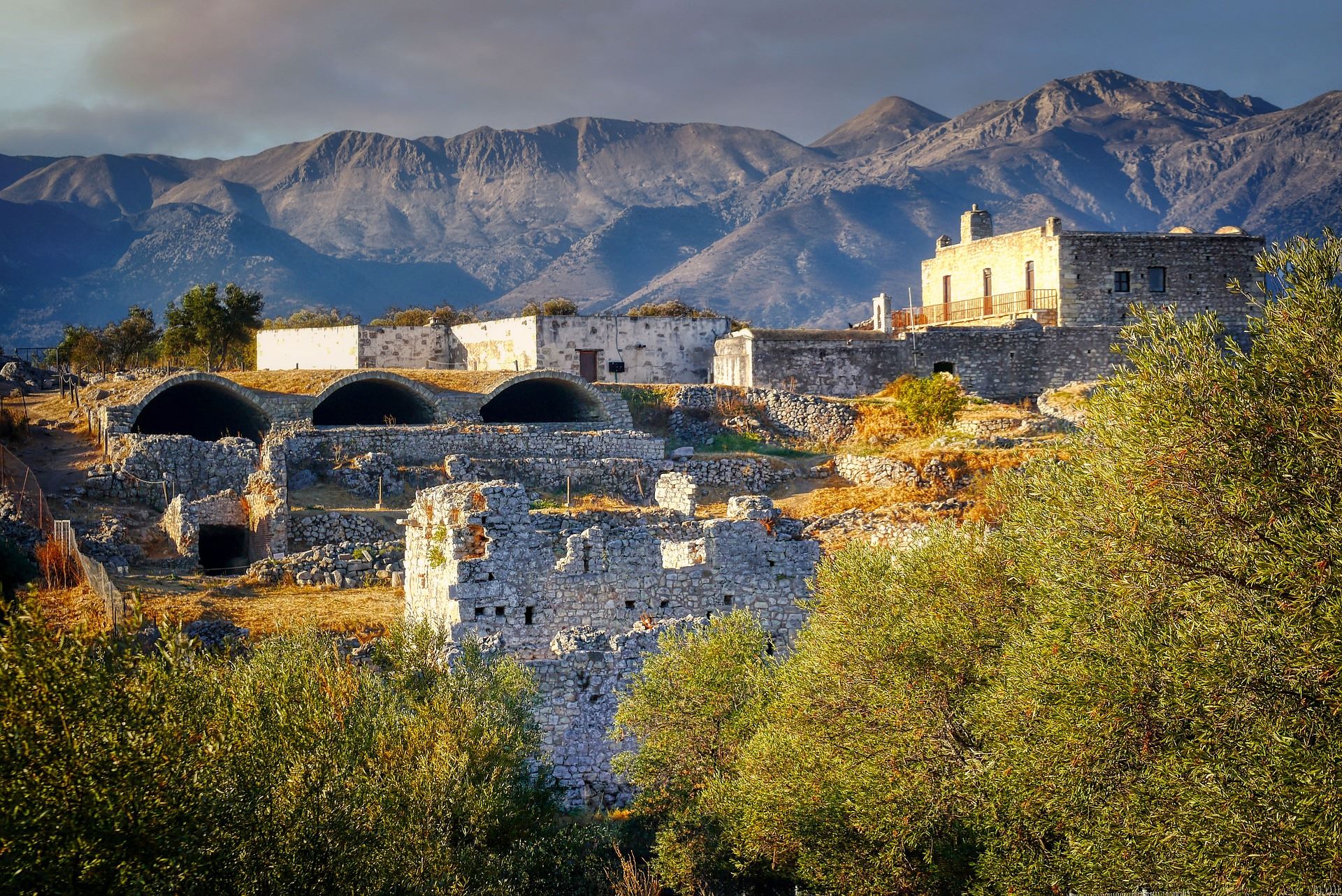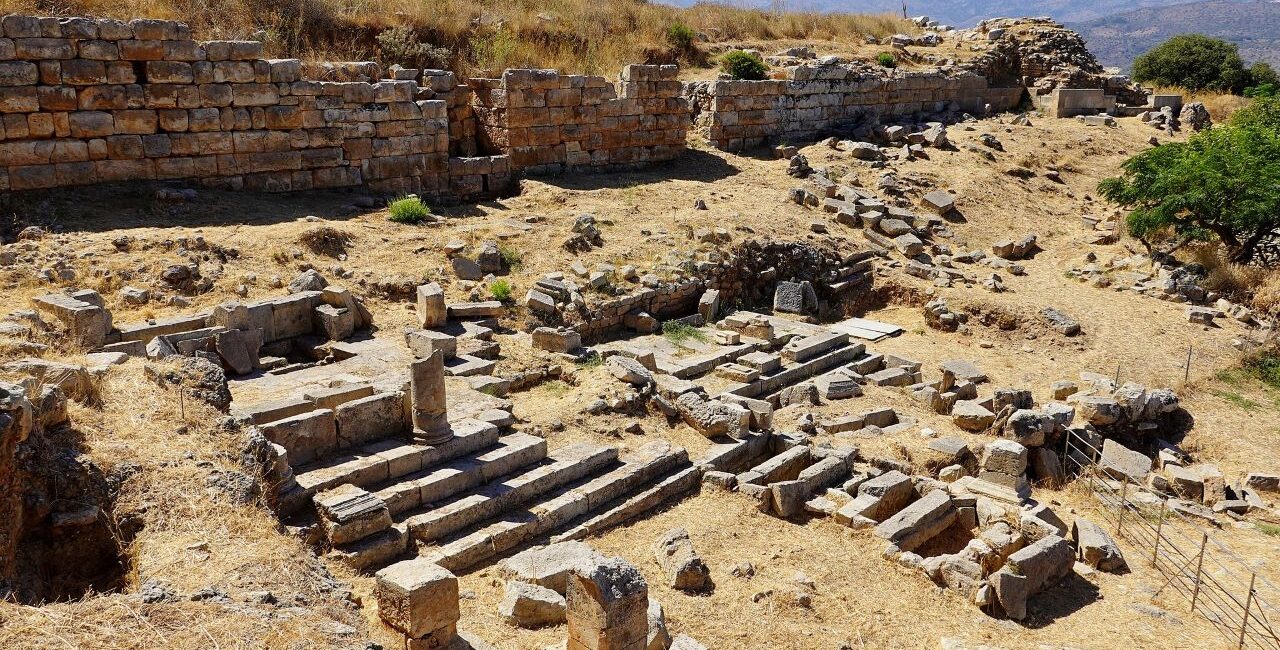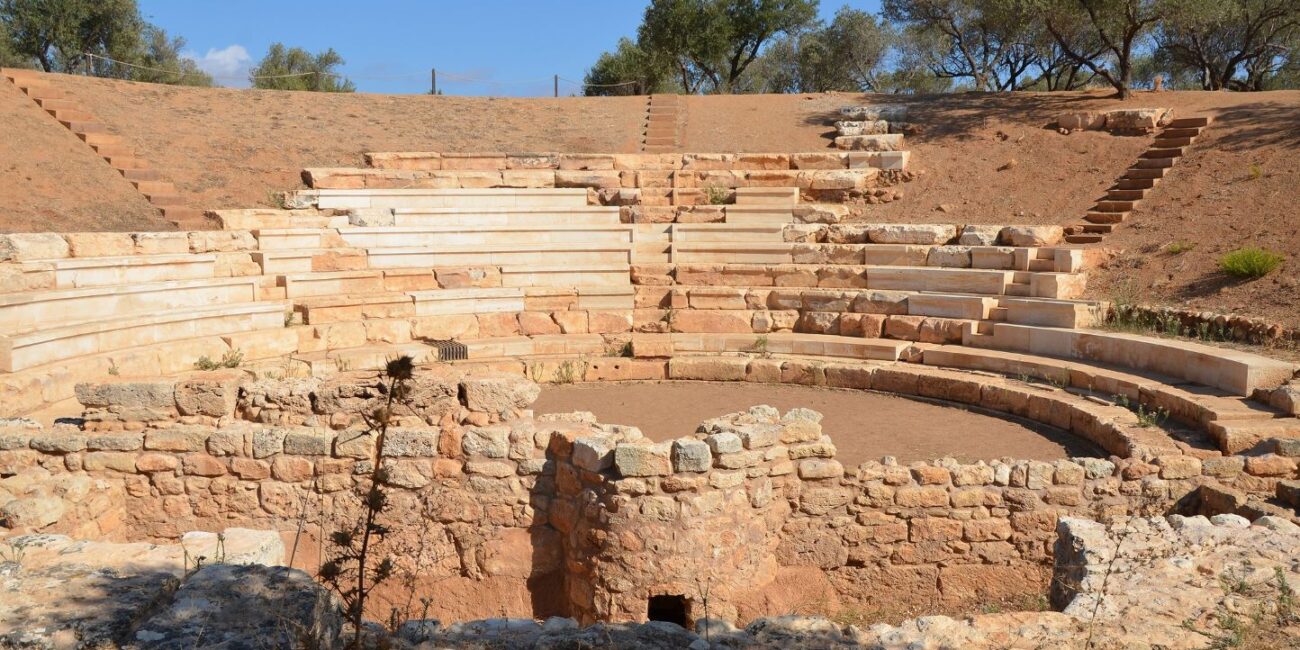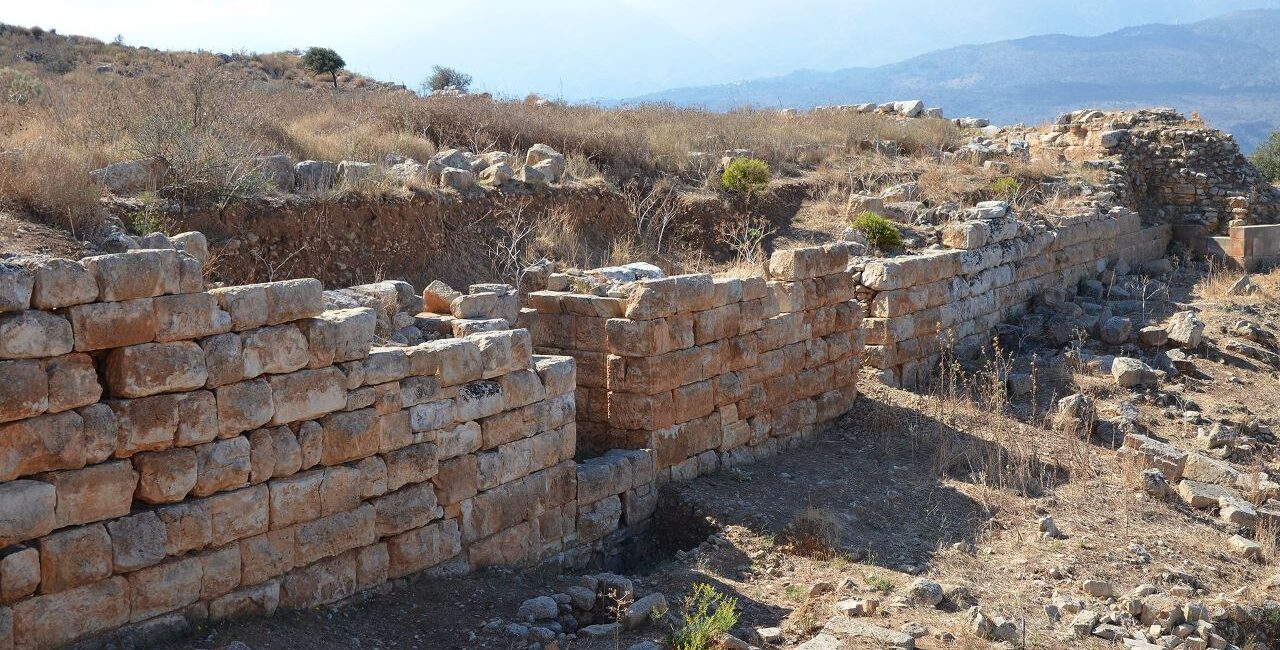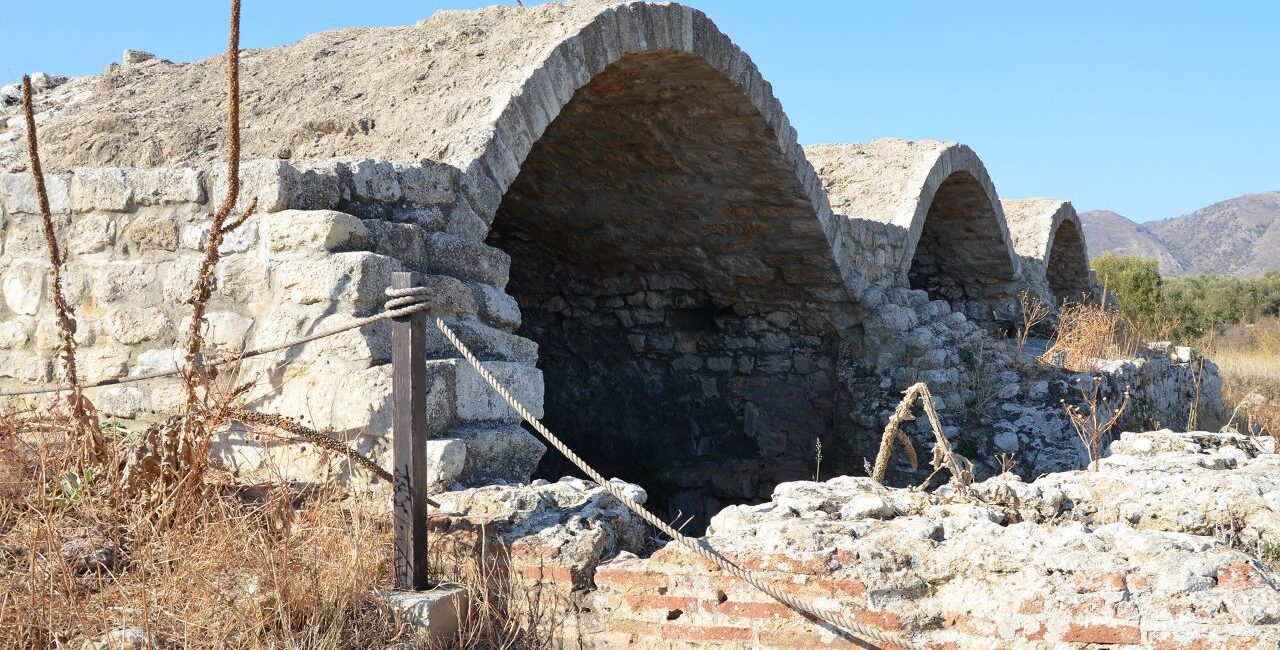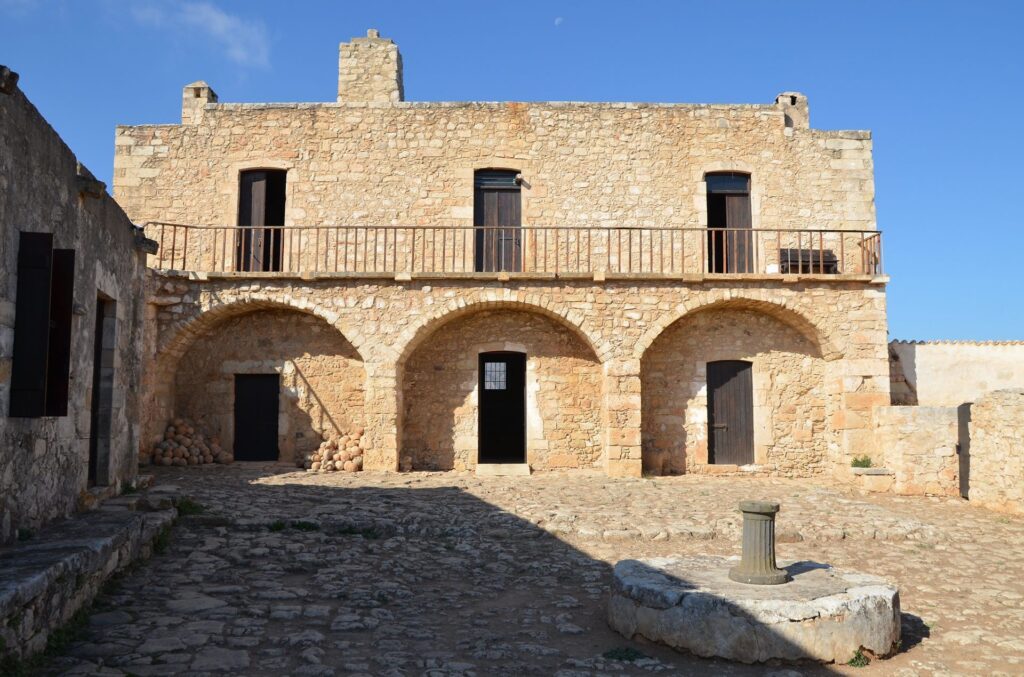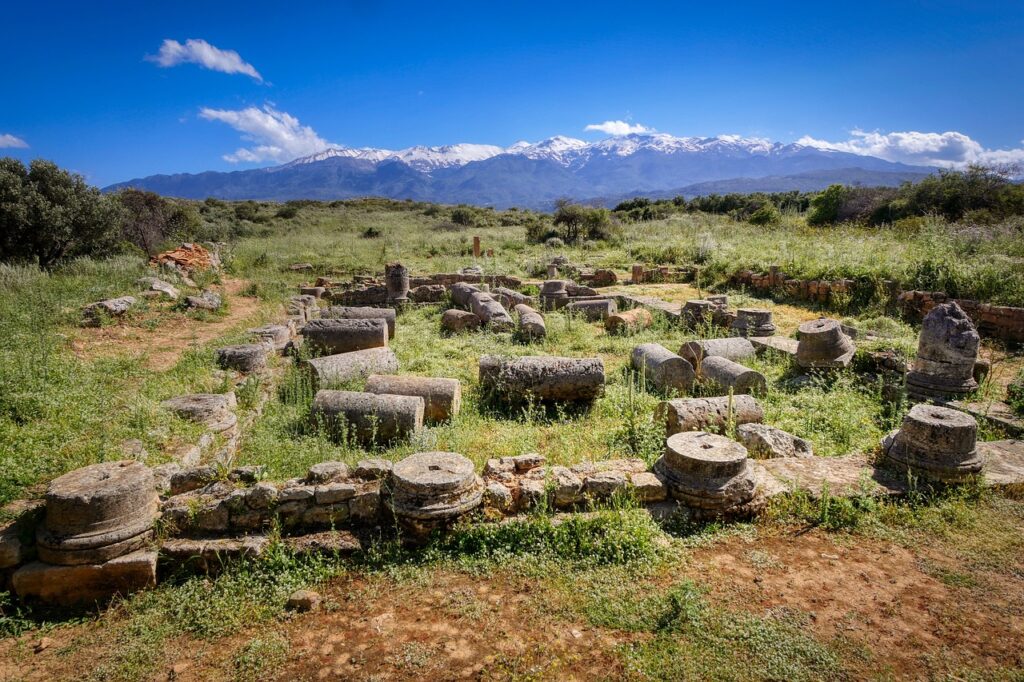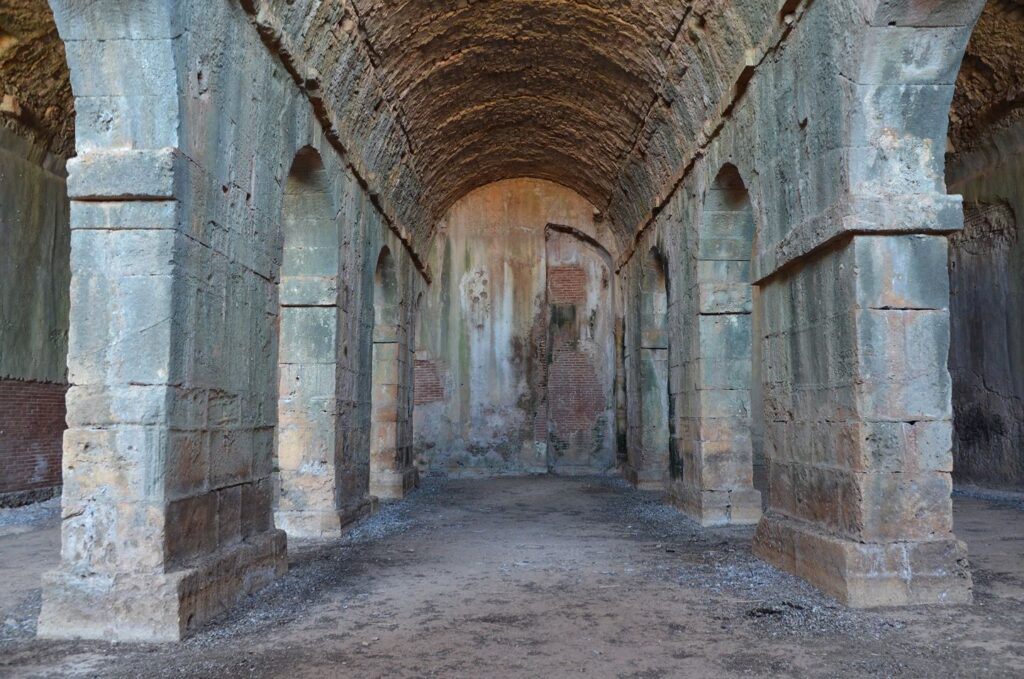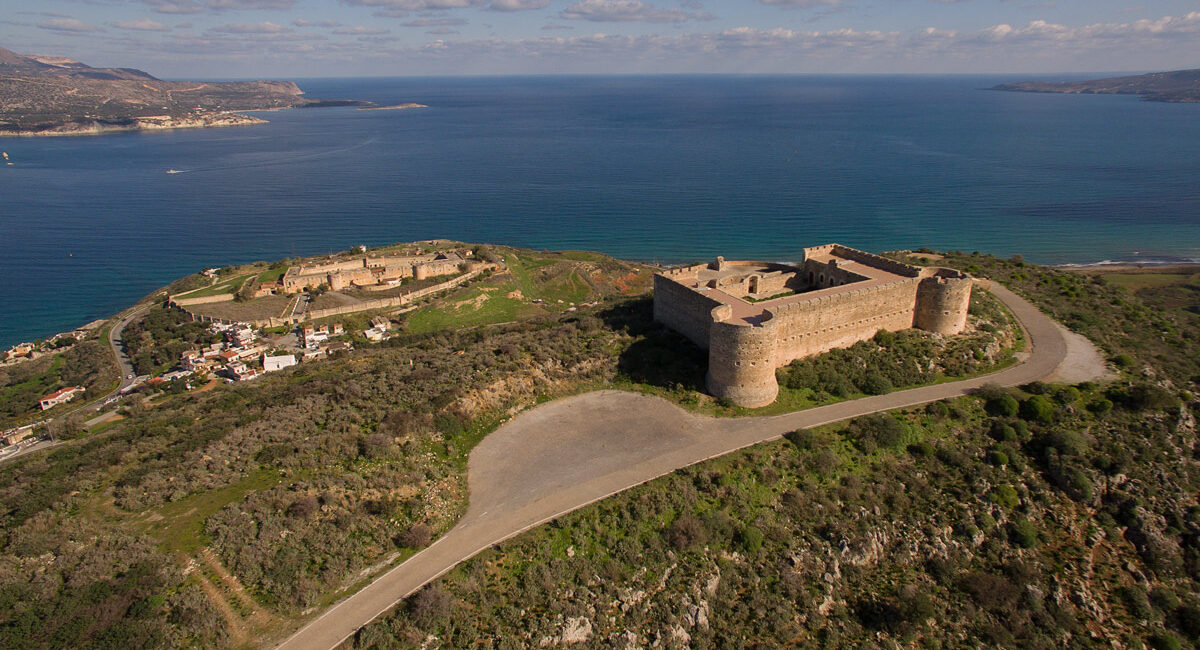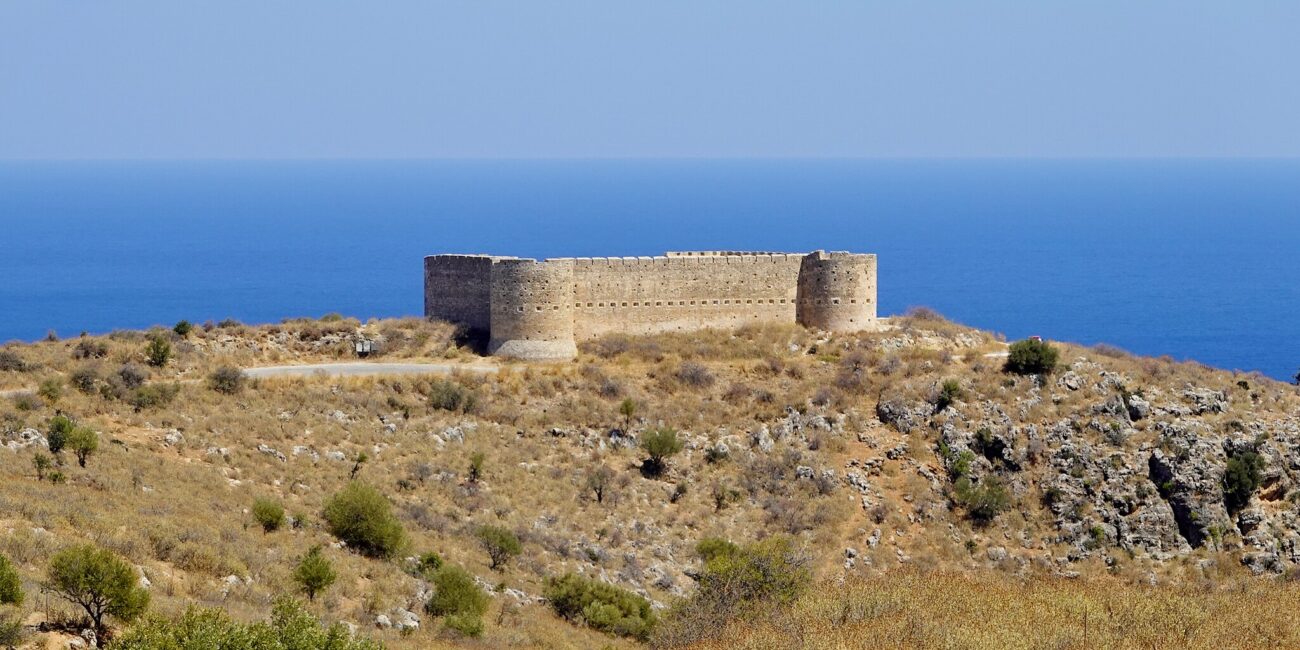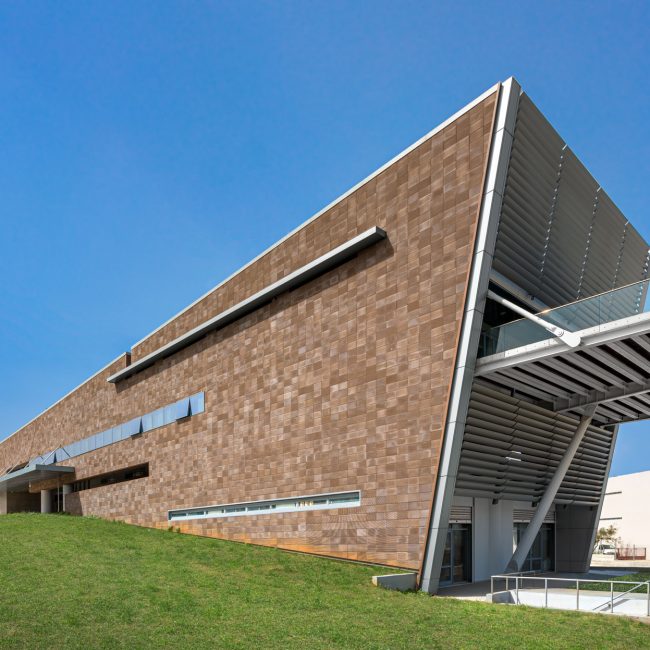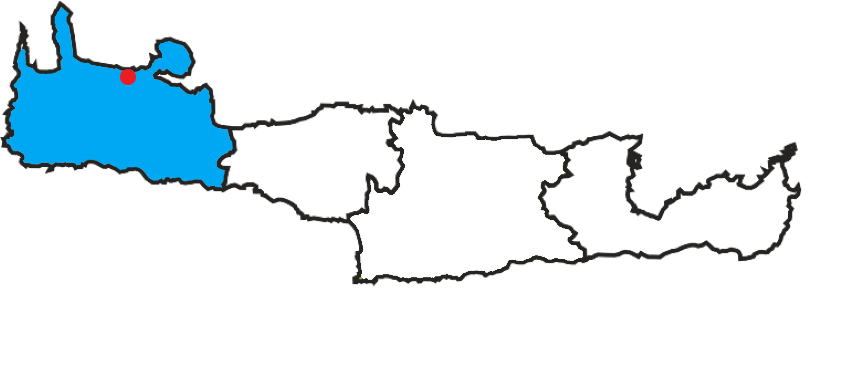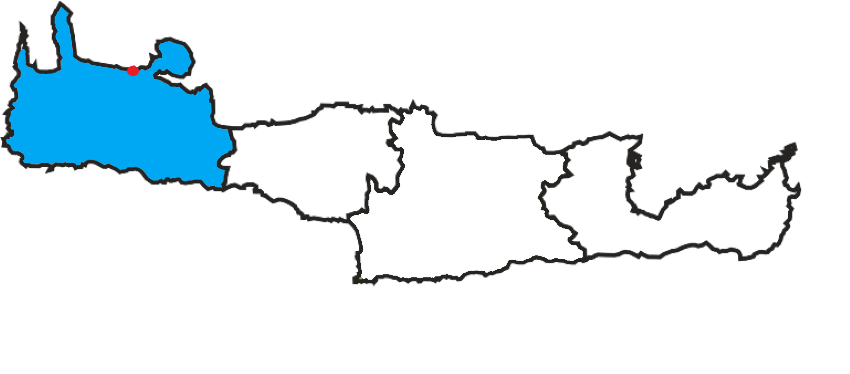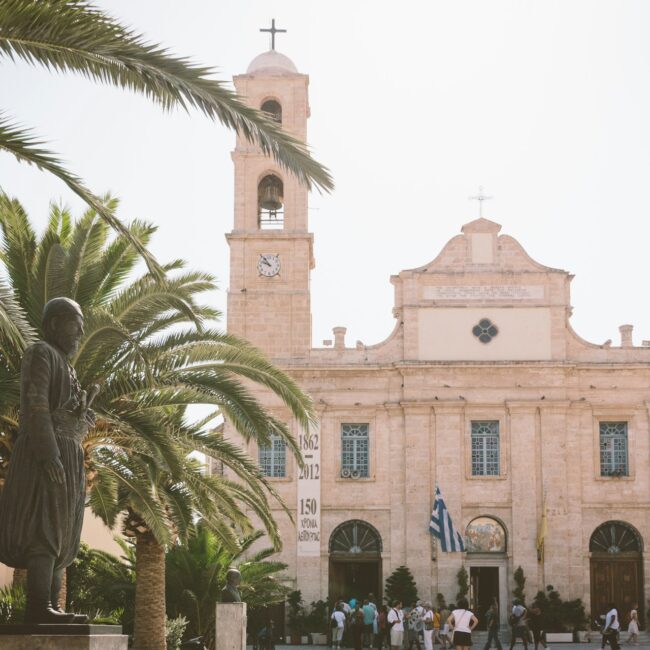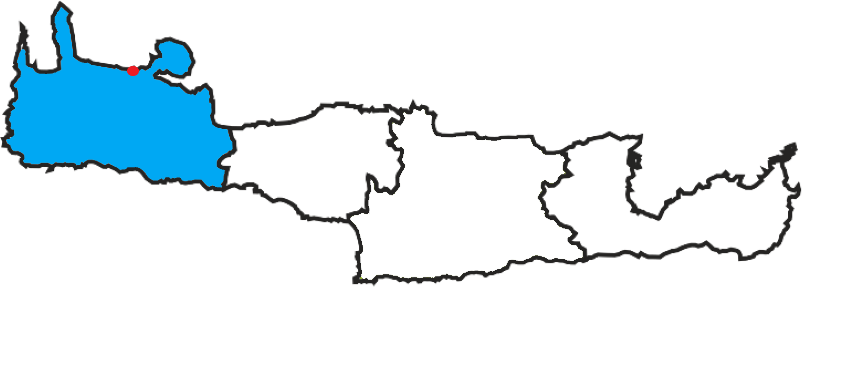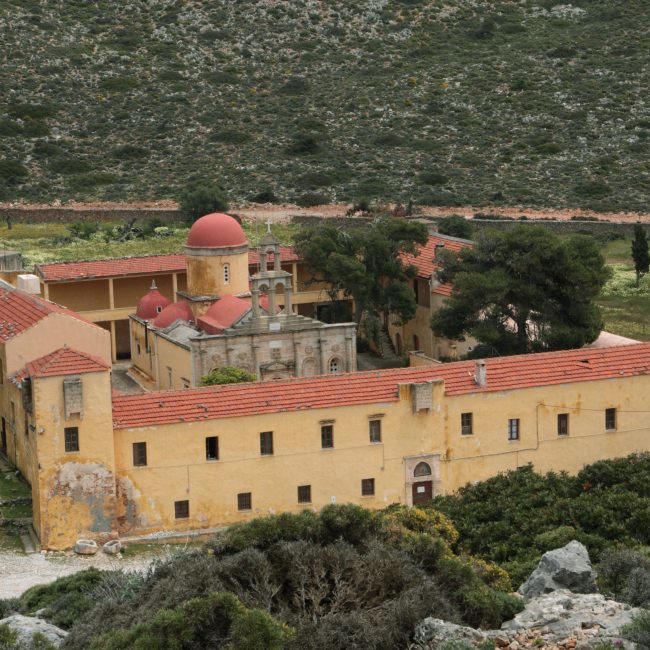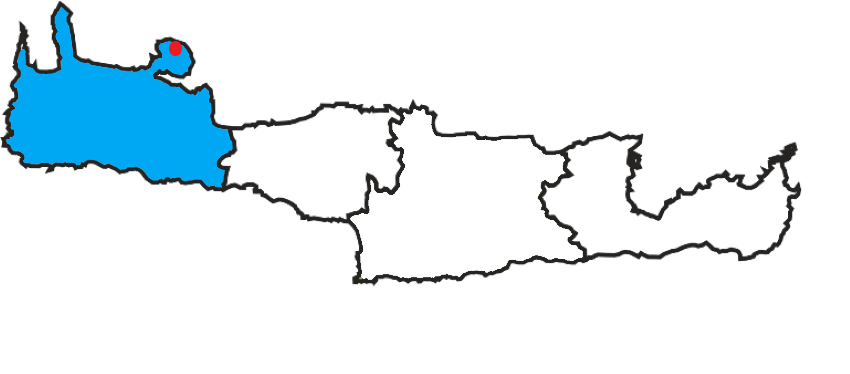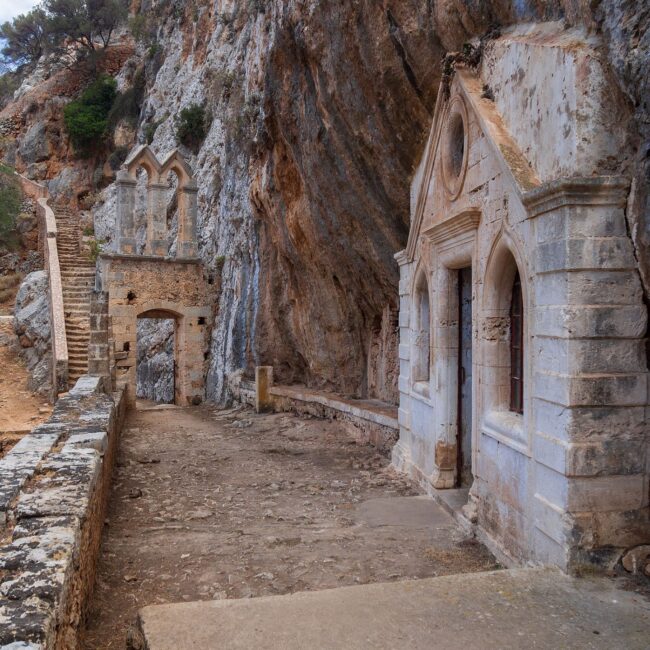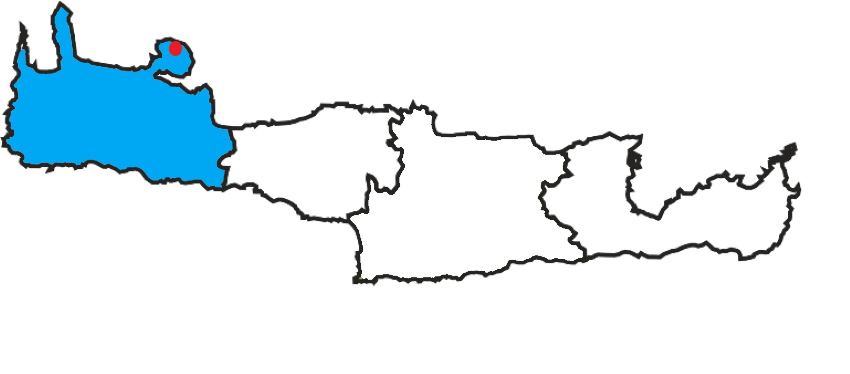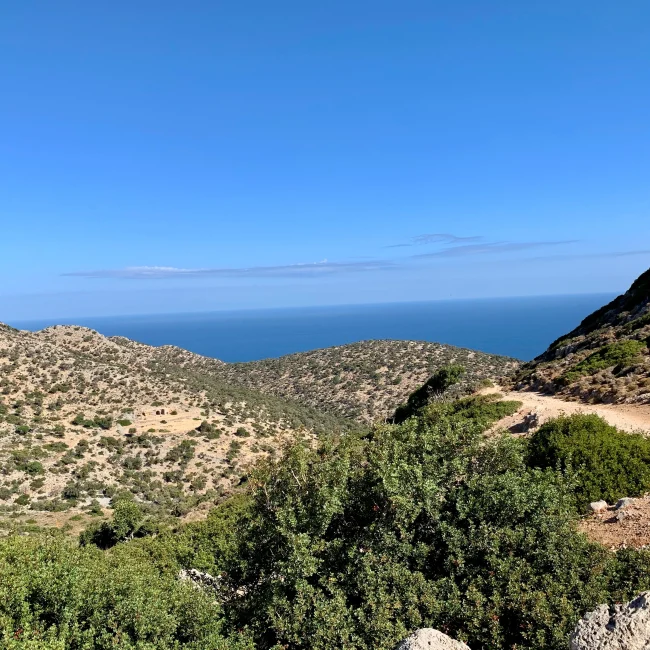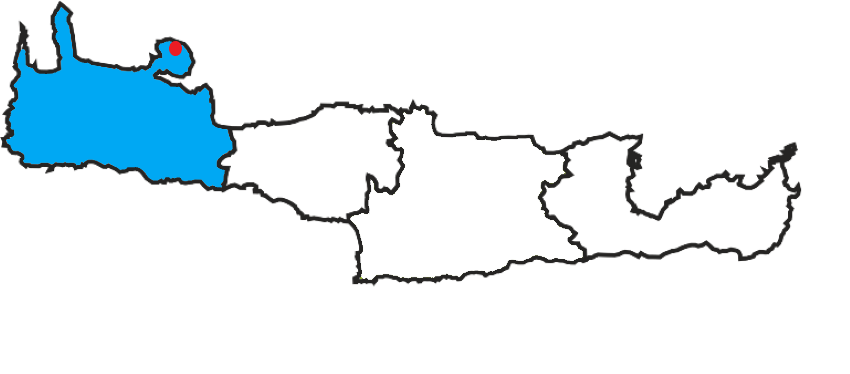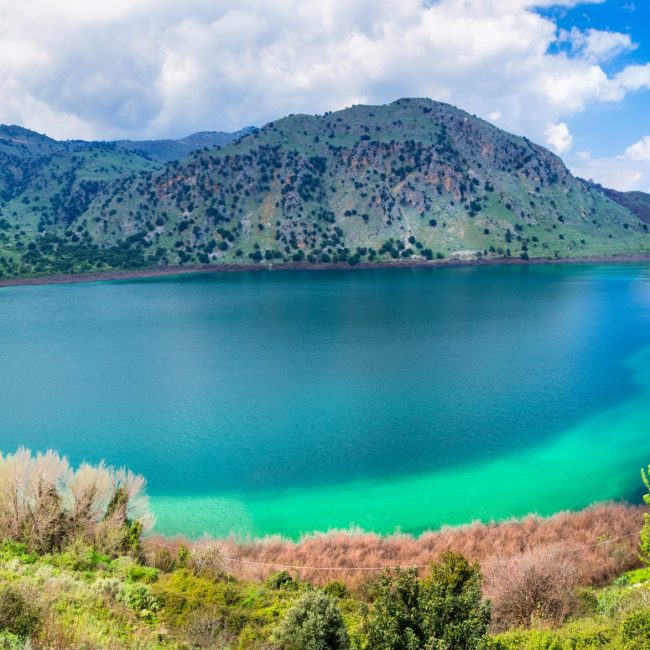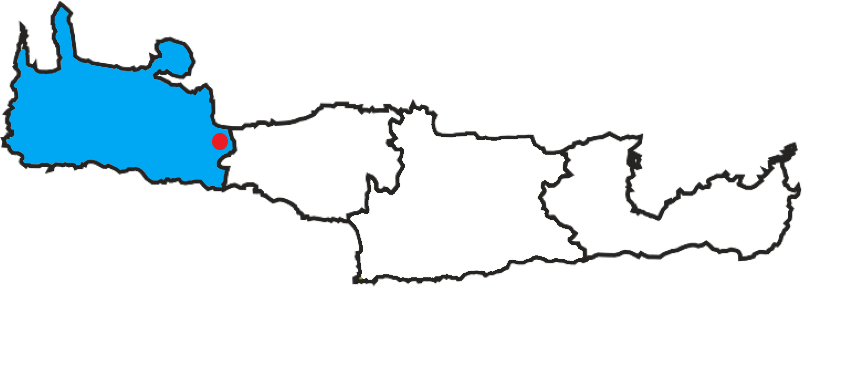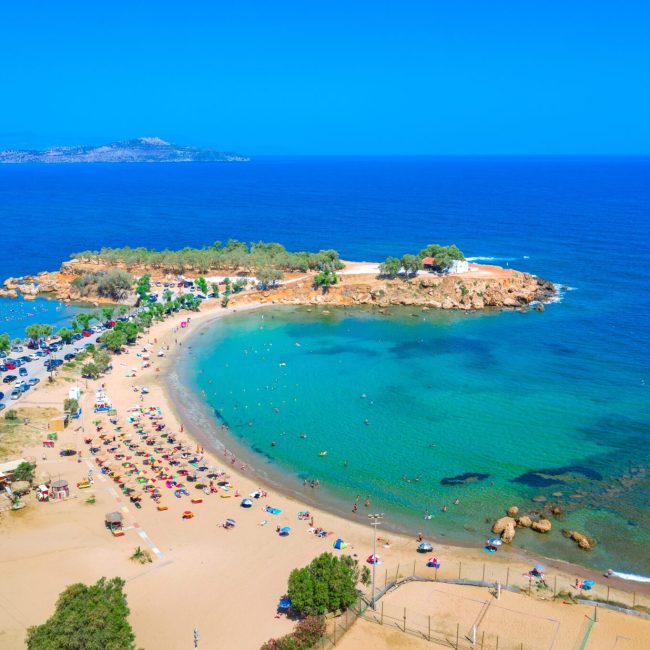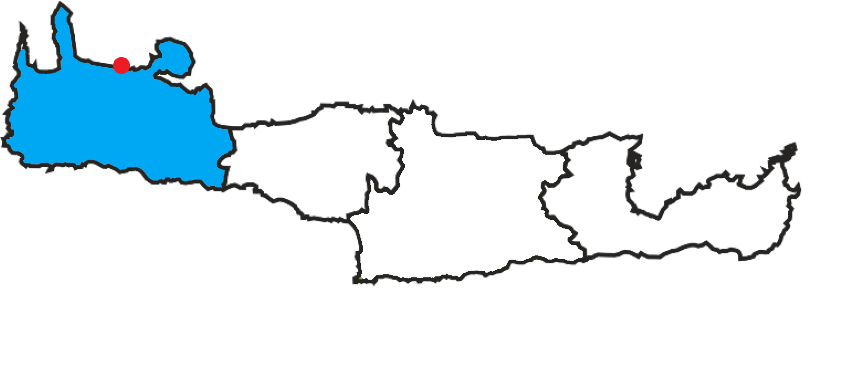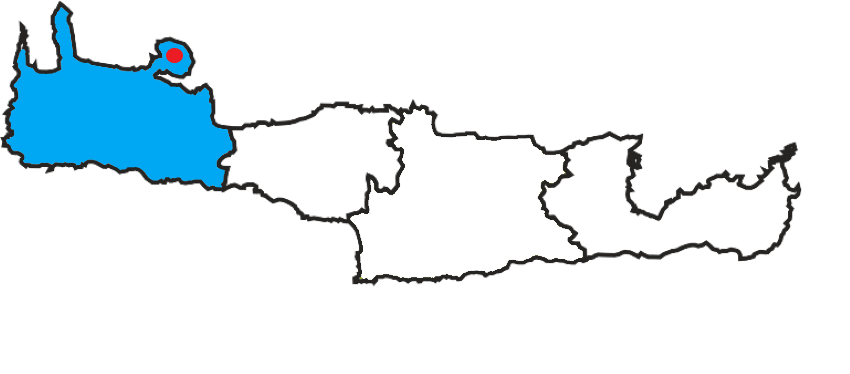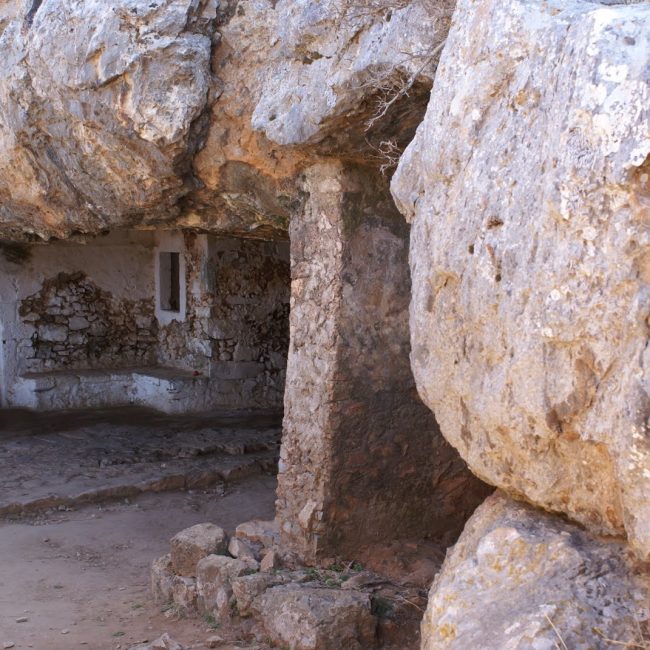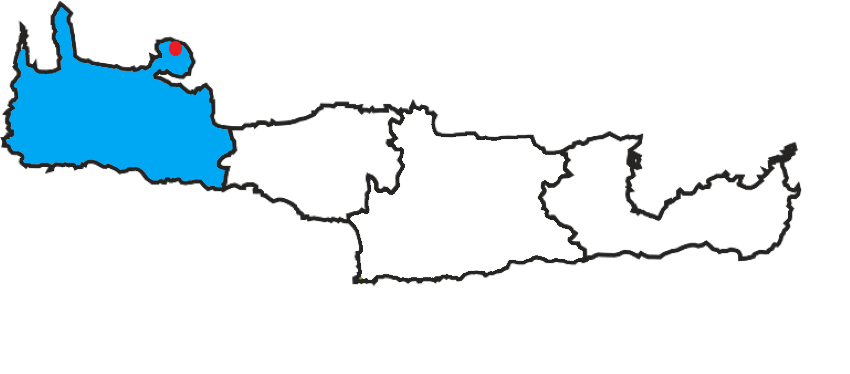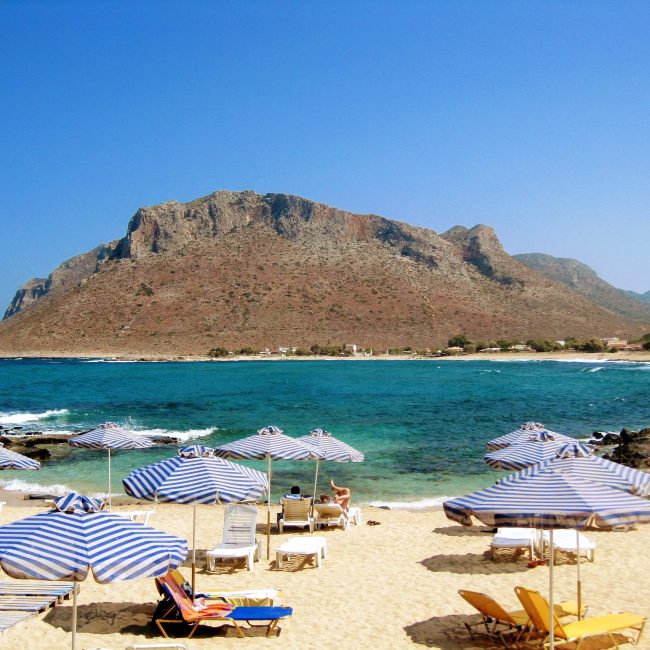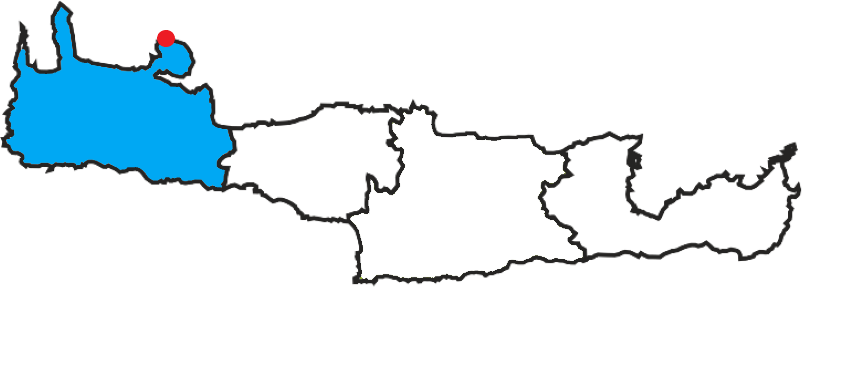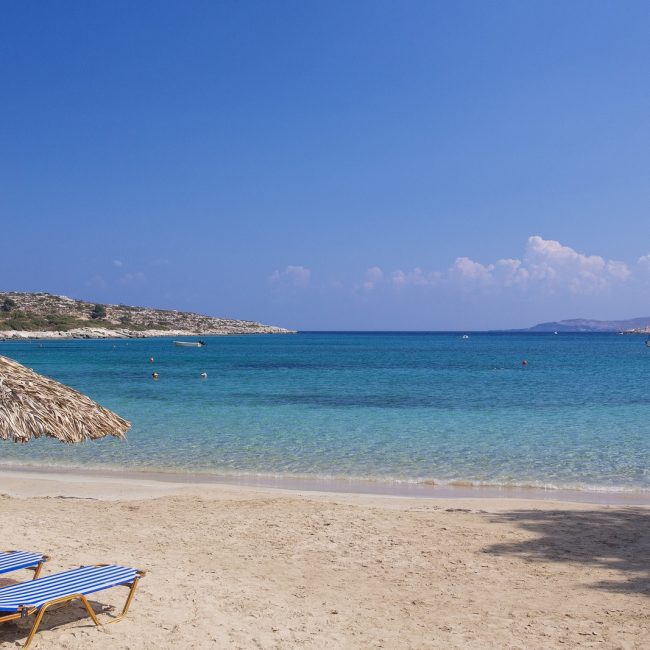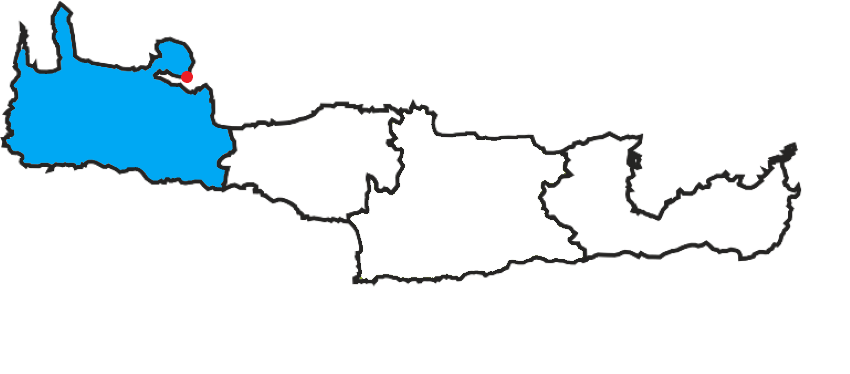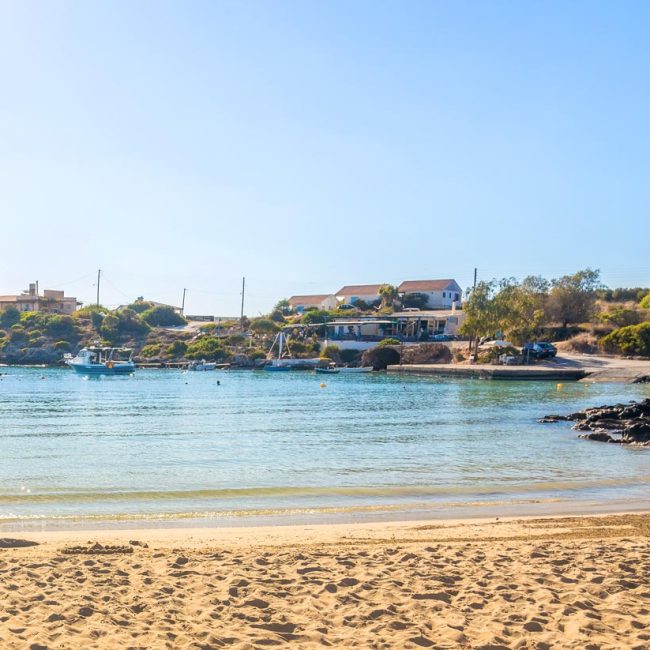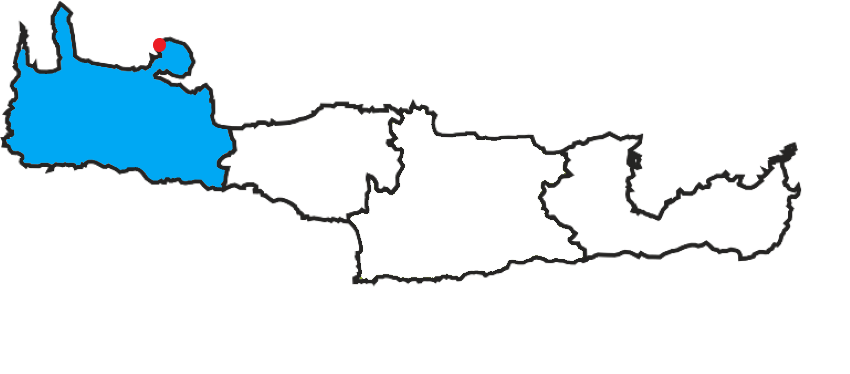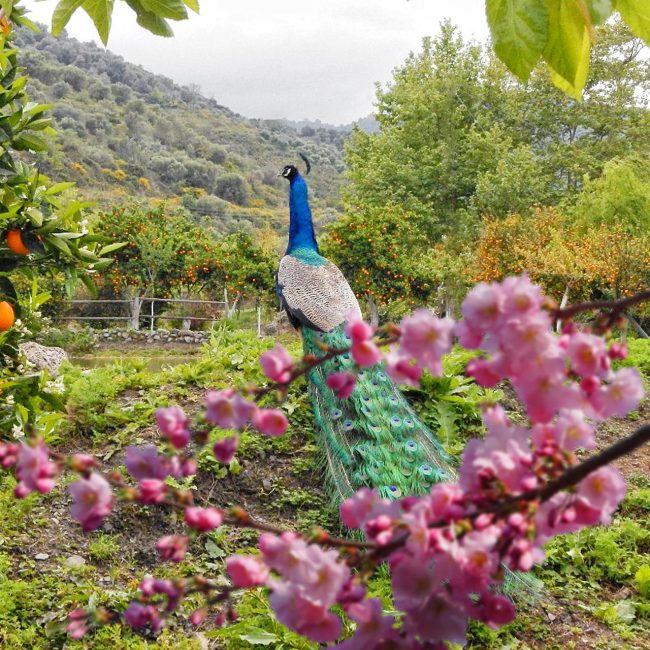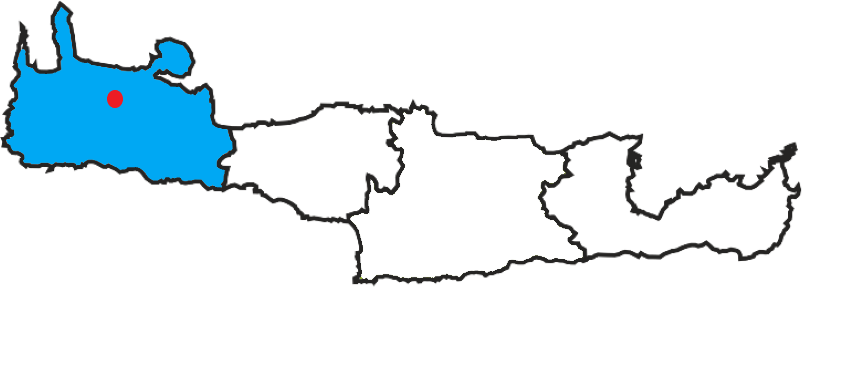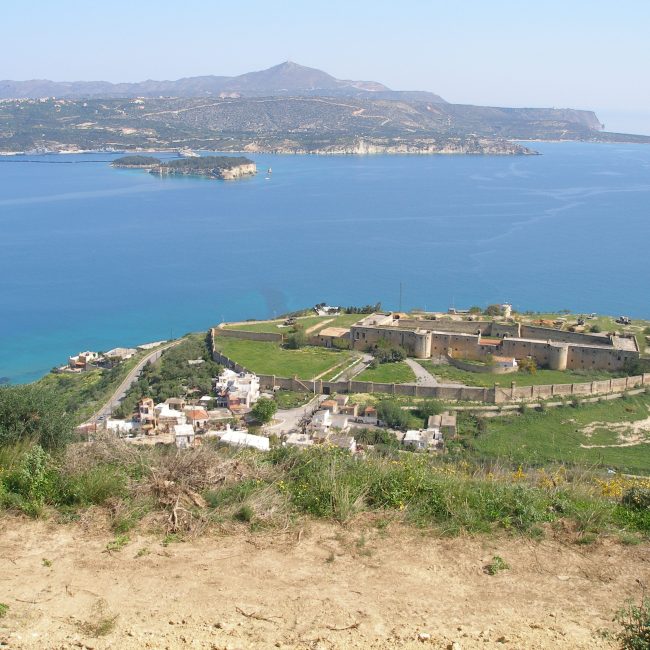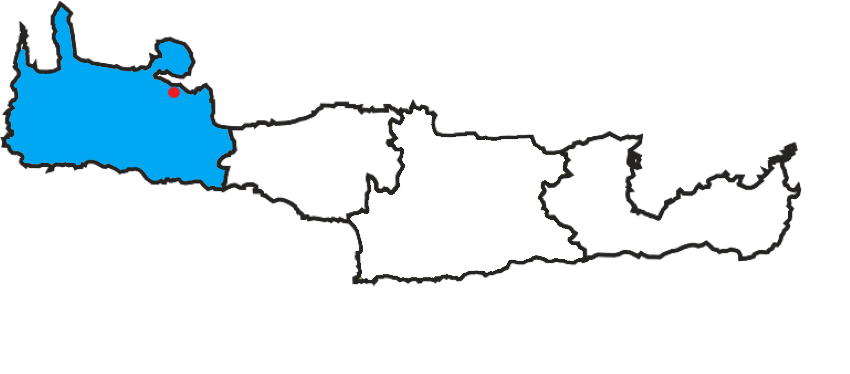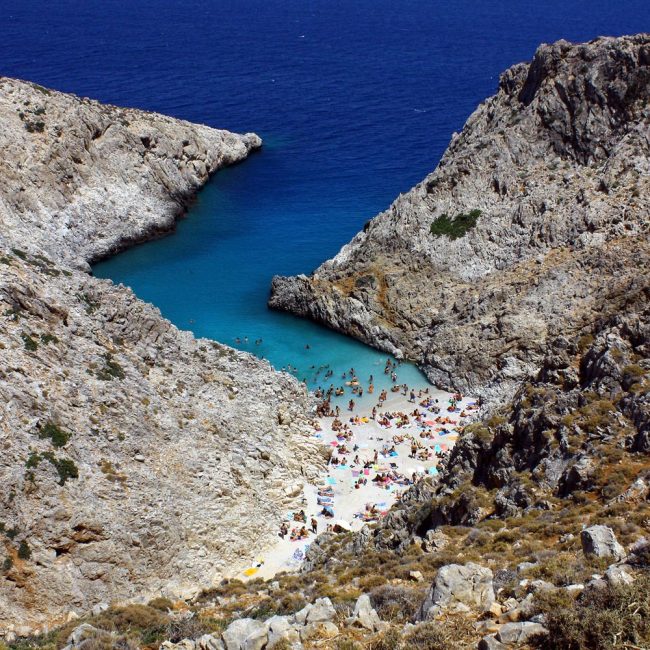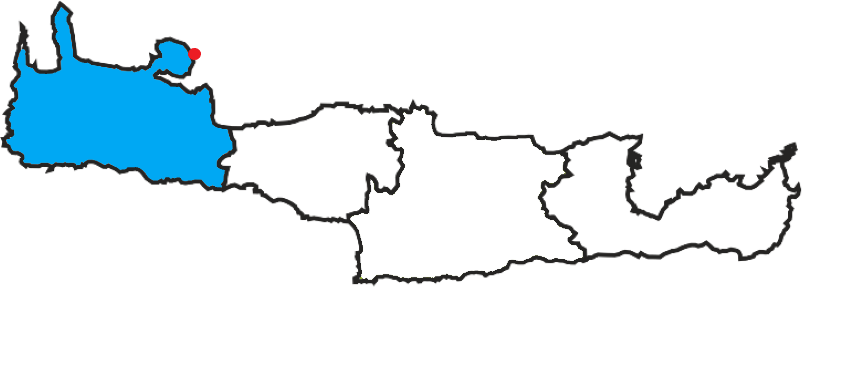Ancient Aptera
Ancient Aptera : The city state that overlooked the Souda bay
High above the idyllic Souda Bay, at around 200m altitude and 13 kilometers from Chania, lies the captivating archeological site of Ancient Aptera. Once a bustling ancient city, Aptera’s whispers echo through the remnants of its walls, theater, and temples, waiting to be discovered by curious explorers like yourself.
Historical Background and significance
The story of Aptera stretches back to the 7th century BC, blossoming into a prominent city-state renowned for its skilled archers. Its intriguing name, meaning “wingless,” has sparked diverse interpretations, adding to the city’s mystique.
According to mythology, the area of Aptera was the musical “battlefield” between the nymphs and the syrens.
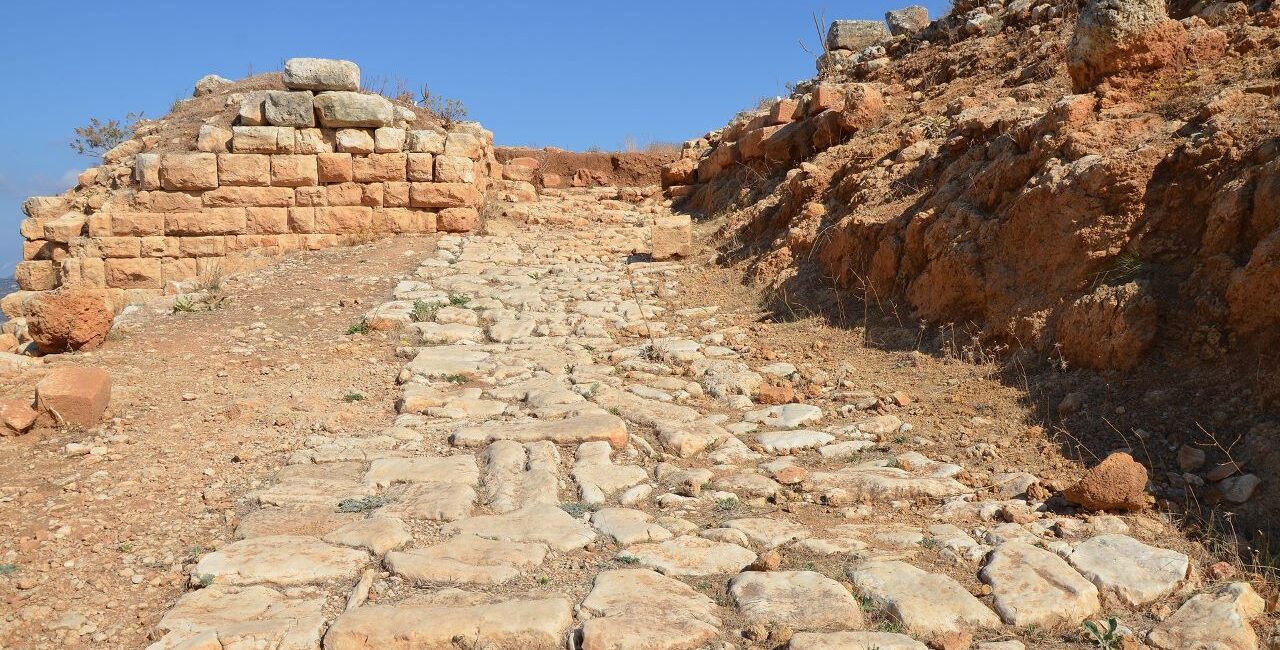
After their loss, the syrens shed their white wings, and from those, the islets leukes (meaning white) in Souda Bay were created.
Most likely, the name of the city comes from the Olympian goddess of the hunt, Aptera Artemis, who was worshiped in those parts.
The evidence for the above comes in the form of coins where the form of the goddess is curved, as well as bows and arrows (her signature weapon).
Early on, Aptera enjoyed an alliance with the mighty Knossos (the Minoan city of Heraklion), benefiting from Minoan trade and influence.
However, as times shifted, rivalries surfaced, and Aptera found itself entangled in conflicts with nearby Kydonia (today Chania).
Despite these challenges, the city thrived, becoming a crucial commercial hub thanks to its strategic location near two vital ports, one in ancient Minoa in today’s Marathi and Kissamo in today’s Kalyves village.
Walking Amongst the Ruins
Today, Aptera invites you to embark on a fascinating journey through time. Step back into the ancient world as you explore the impressive remains of this ancient city-state.
Entering the site, following a 4th century BC road, you will find the monastery of Saint John, built in the 12th century, which, after some renovations, is in great condition. The monastery operated until 1964.
Also, on the monastery grounds, you will find a small chapel dedicated to the saint.
All around the site, you will find parts of the wall that protected the city. The overall length is 3.5 kilometers, and it was built with big polygonal stones also in the mid-4th century BC.
South from the parking, you can discover a huge theatre, once echoing with the sounds of plays and performances. It dates back to the early Hellenistic period and was modified during the Roman period (from the 1st century AD to the 3rd century AD).
A little further, there are the ruins of a villa with a peristyle courtyard (5×7 columns) dating from the 1st century AD.
Walking towards the sea from the parking lot and the monastery, you will encounter the three-parted Roman cisterns that were built to concentrate rainwater and supply it to the city. Basically, it was a water reservoir for the needs of the inhabitants.
You can descend and inspect the interior of the cisterns. One of them had a higher altitude, and the reason for that was to provide hot water to the Roman baths (thermae). It is an L-shaped vault 56m long and 25m wide and could store 3050 cubic metres of water.
Additional informations for the site
13 kms from Chania.
Usually visitors stay in this area up to 45 minutes.
Tickets: Adults 4€, Reduced 2€
Summer 08:00-20:00 closed on Tuesdays and Major Holidays
Winter 08:30 - 15:30 closed on Tuesdays and Major Holidays
Available W.C.
Unfortunately there are no infrastructures for the handicap.
Phone Number: +30 28250 33425, +30 28210 44418 & +30 28210 94487
Available Wi - Fi.
nearby attractions
Guardian of the hill
Adding another layer to Aptera’s tapestry are the nearby Turkish fortresses.
These imposing structures, built centuries after the city’s demise, offer breathtaking panoramic views and a glimpse into Crete’s Ottoman past.
It was a huge Ottoman project for the fortification of the area and, in extension, for the island.
In total, around 20 fortresses were built that could communicate and inform each other of movement in the valley, mountains, and water.
Near Aptera is the Palaiokastro Fortress (meaning: old castle), where you can hike from Aptera or go directly with your car.
This castle was overlooking the whole valley and Souda Bay, and it was in direct communication with Izzeddin Fortress at Kalami Village and Souda Bay Fortress, which is located on top of one of the Leukes islets of the Bay.
You can explore Palaiokastro (Aptera Koule) either by hiking by foot or by car. As for Izzeddin Fortress, you should use your car, as it is faster (only 4 minutes) to go to Kalami village.
How to Get There
There are several ways to get to Ancient Aptera from Chania:
Aptera is located at least 13 kilometers from Chania depending on where you are in the city.
Car: If you prefer to drive, follow the 090 road from Chania to Rethymno. Continue towards Souda and follow the signs to Aptera.
You can park at the archeological site’s parking lot and not in the village, so you have immediate access.
As far as the fortresses we mention, for Palaiokastro, you can choose if you want to hike or take your car to arrive faster. For Izzeddin Fortress, however, we advise you to take your car and follow the directions to Kalami village.
Bus: There is a KTEL bus from Chania station to Aptera village that will take you to the entrance of the village. After that, you will have to make your way on foot to the archeological site.
Aptera is more than just an archeological site, it’s a portal to the past. Here, history comes alive as you wander through the remnants, piecing together the lives of its citizens, their triumphs and struggles. The diverse influences, from Minoan trade to Roman architecture, paint a vivid picture of Crete’s rich cultural tapestry. And to top it all off, the stunning natural beauty surrounding Aptera, with its panoramic views and verdant landscapes, enhances the experience further.
So, if you’re seeking an adventure that combines history, culture, and natural beauty, Aptera awaits. Come, unlock its secrets and let your imagination soar as you journey through this captivating window into Crete’s ancient past.
ADDITIONAL TIPS FOR AN ENJOYABLE VISIT TO ancient aptera
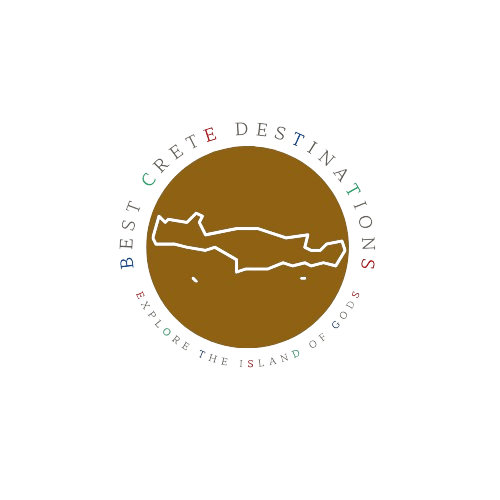
Destinations near Ancient Aptera
More options for nearby locations to plan your vacations better!



